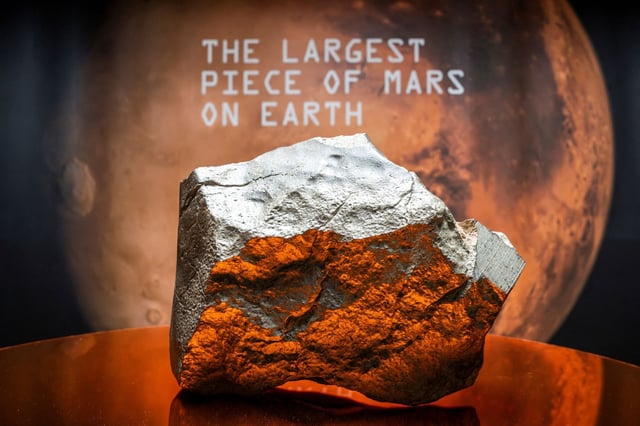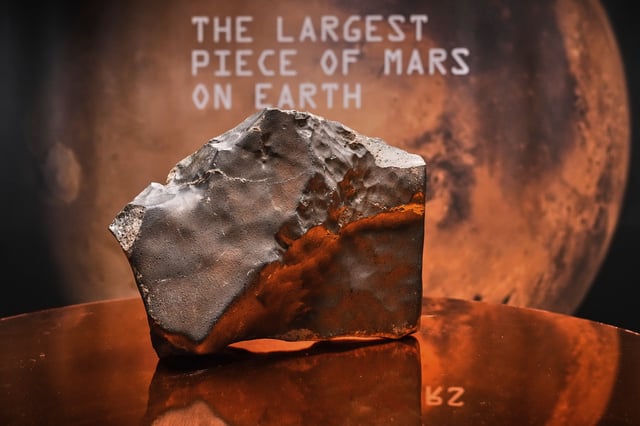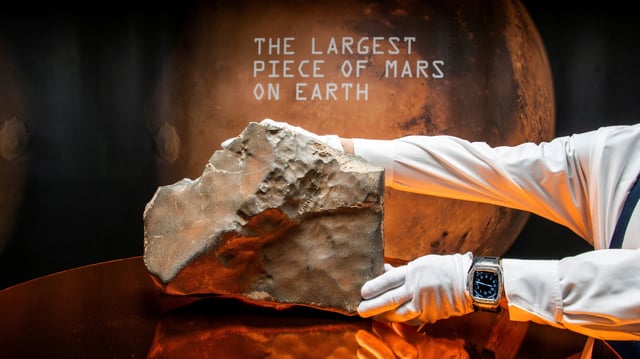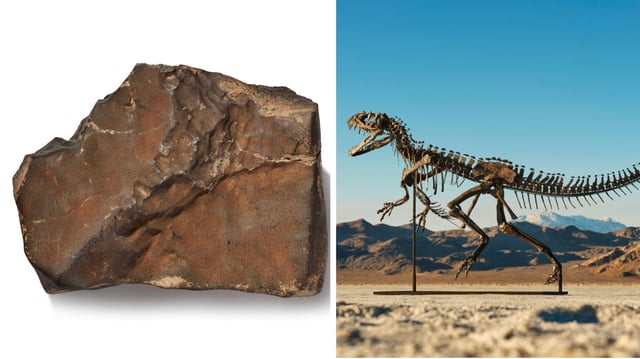Overview
- The 24.5-kilogram meteorite went under the hammer on July 16 in New York, achieving a $4.3 million bid and roughly $5.3 million total with fees.
- An anonymous buyer secured NWA 16788, which was discovered in Niger’s Sahara in November 2023 and is 70 percent larger than the next-biggest Martian fragment.
- Specialist laboratory tests confirmed the rock’s Martian origin and classified it as an olivine-microgabbroic shergottite containing pyroxene, olivine and maskelynite glass.
- The specimen accounts for about 6.5 to 7 percent of all known Martian meteorite material on Earth, underscoring its exceptional rarity.
- No plans have been announced for future scientific study or public exhibition, intensifying debate over private control of extraterrestrial resources.



